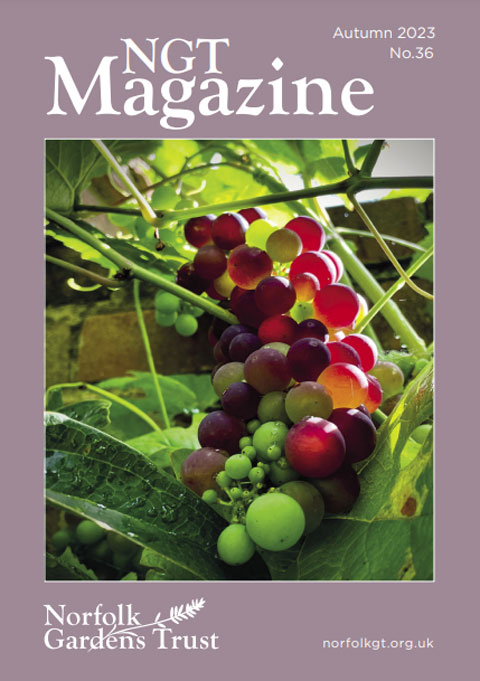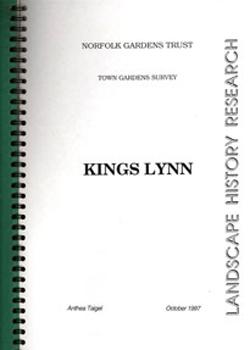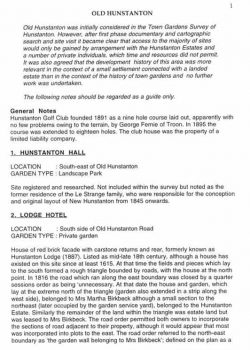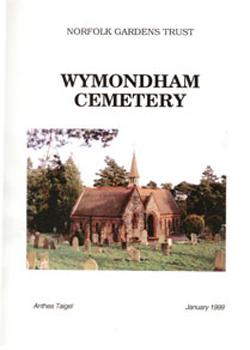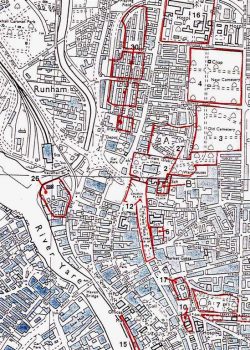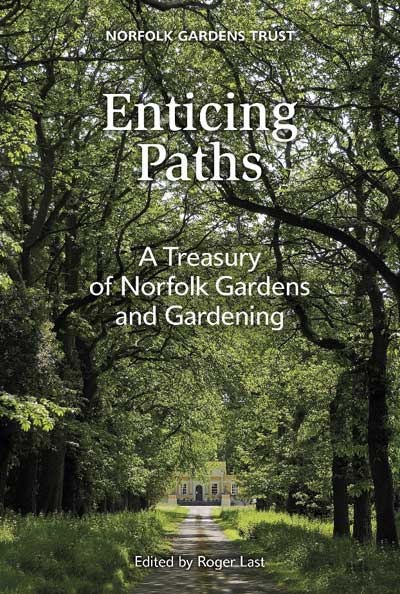
‘I have the book in front of me now. It is absolutely beautiful and so interesting. It’s like being led through the gardens by astonishingly well-informed friends’
Roman Mantell
EDP feature writer and Norfolk Magazine Assistant Editor.
Enticing Paths,
A Treasury of Norfolk Gardens and Gardening
We are delighted that our latest NGT publication has been launched. In hardback, with 480 pages and over 500 illustrations, Enticing Paths, edited by Roger Last, presents a huge and fascinating range of Norfolk gardens and garden related topics and is a worthy successor to our three other NGT publications.
Now available in bookshops at the recommended price of £30, it can be purchased until Christmas exclusively by NGT members for the special price of £28, including free delivery by post. Non Members £30
To obtain a copy: please either send a cheque for £28 (or £30), payable to Norfolk Gardens Trust, along with your address, to R Lloyd, 57 St Leonards Road Norwich NR1 4JW.
OR email Roger Lloyd at rogerlloydngt@gmail.com giving him your address and confirming that you have paid £28 (or £30) by BACS
NGT bank details:
sort code:206253
account number:70659096
reference: EP
Your book will be posted to you immediately or, if you are buying it as a gift, we can post it to another address.
Enticing Paths is highly recommended to anyone interested in Norfolk Gardens and Norfolk, and will make a perfect Christmas present.
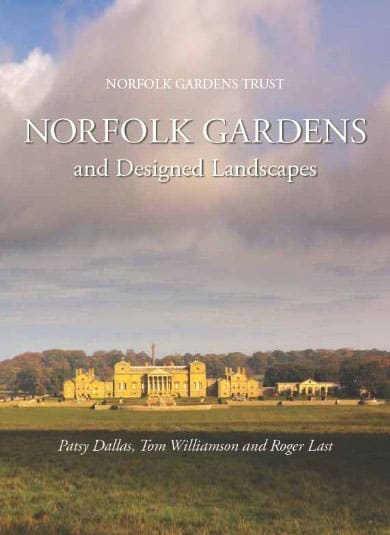
Norfolk Gardens & Designed Landscapes
The Norfolk Gardens Trust has published a comprehensive work documenting the history, evolution and architecture of Norfolk’s gardens and designed landscapes as well as their horticulture and design. The research was done utilising both volunteers from the Trust and working with the University of East Anglia. This critically acclaimed book incorporates details of 330 gardens and landscapes and includes over 300 photographs. The book was successfully launched in November 2013 and to date has sold over 2,000 copies and is now on its’ third print run. The book was co-authored and edited by NGT Committee member Roger Last.
Copies of the book are now virtually sold out but try bookshops.
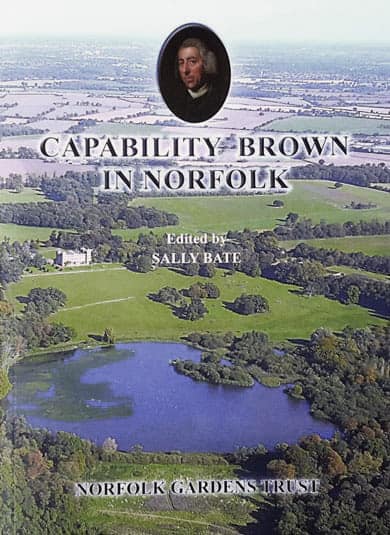
Capability Brown in Norfolk
Lancelot ‘Capability’ Brown is often referred to as the father of landscape architecture, and the Norfolk Gardens Trust brings to print for the first time a detailed study of his work in their county. This book is written to coincide with the 300th anniversary of Brown’s birth, and contains over 135 colour maps, paintings and photographs. It will appeal to those interested in these historical Norfolk landscapes and the families who lived there. For Brown’s devotees wishing to learn more about his contribution to the English Landscape Movement in eighteenth-century Norfolk, his surviving plans and a contract are described in full and contemporary and subsequent evidence examined, to determine what design elements and features were built and which of these have survived today.
Capability Brown in Norfolk can be found in local bookshops, online or by contacting:
sally.bate@ngs.org.uk and costs £10 + £2.99 P&P
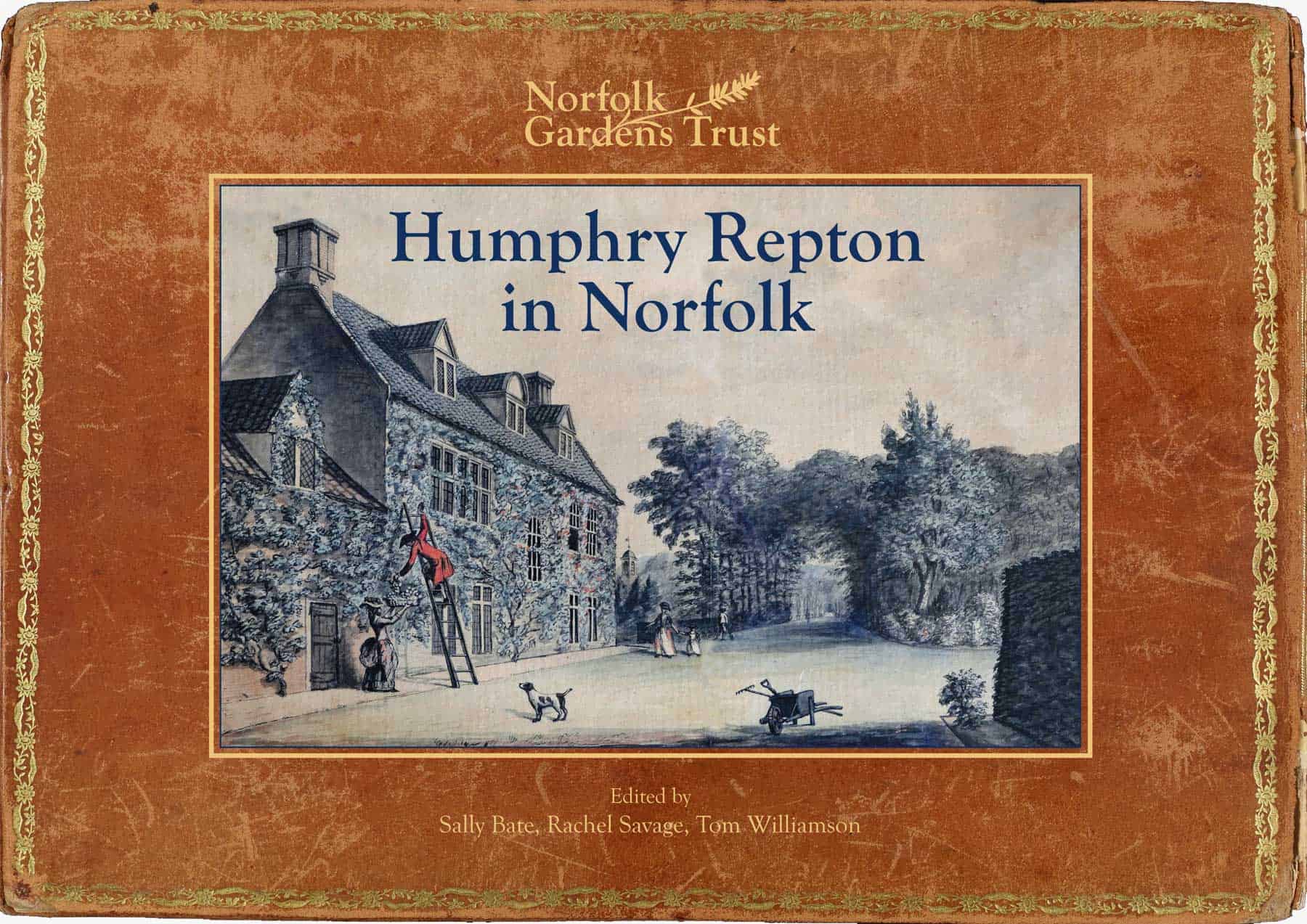
Humphry Repton in Norfolk
In 2016 the research group began to look at all the sites in Norfolk thought to be associated with Humphry Repton. To commemorate the bi-centenary of Repton’s death in 1818, their findings have been written up to into a richly illustrated, hardback book, published in May 2018. This publication includes all the paintings and sketches from his seven Norfolk Red Books and numerous other examples of Repton’s artwork from public and private collections. For comparison with Repton’s style and methods, the last chapter looks at the work by Loudon, Haverfield and the Kennedys in Norfolk in the same period.
Humphry Repton in Norfolk is virtually sold out but try bookshops.
Norfolk Gardens Trust Magazine
The Norfolk Gardens Trust Magazine is a publication produced twice a year and sent free of charge to all members. Copies are also sent to the Association of Gardens Trusts, the British Library, the RHS Lindley Library, the Museum of Garden History, the Norfolk Studies Library and the Norfolk Records Office in Norwich, where they can be viewed on application.
Its range of articles will appeal to anyone interested in gardens and landscape history in Norfolk and beyond. The NGT Magazine is edited by Sue Roe and Clive Lloyd and designed by Karen Roseberry.
Please contact sueroe8@icloud.com with suggestions for articles and if you would like your garden to be featured in our Readers’ Gardens section.
Surveys
In 1996 the Trust commissioned a survey of the gardens of the towns of Norfolk. With increasing pressure to develop the land within towns, with more houses, supermarkets, parking lots and roads, clearly the existing gardens within many of them were under threat, and many of the historic gardens clearly defined by the Ordnance Survey maps of the 19th century had already been sub-divided or had disappeared altogether. The Trust wished to have an authoritative record of what had existed and what remained. The survey did not, however cover smaller, mainly 20th century gardens. The emphasis was on historical gardens, mainly pre-20th century, although there were exceptions: the inter-war Norwich Parks, and the many 20th century seaside gardens were included.
Anthea Taigel (Landscape History Research), then the gardens inspector for English Heritage for the Eastern region, researched and wrote the reports which were published by the Trust between 1997-99. Twenty one reports were produced covering the towns of Attleborough, Aylsham, Cromer, Diss, Downham Market, East Dereham, Fakenham, Great Yarmouth, Hingham, Holt, Kings Lynn, North Walsham, Norwich, New Hunstanton, Old Hunstanton, Sheringham, Swaffham, Thetford, Watton and Wymondham, plus an additional report on Wymondham Cemetery.
The surveys include a general history and introduction for each town. The number of sites included varies according to the size and importance of the location. Norwich has thirteen sites considered in detail, and a further fifty three in brief, whereas Holt has three detailed sites and sixteen in outline. The Reports include Ordnance Survey maps, clearly indicating the locations and extent of the gardens, but are not illustrated. The exception being the report on Wymondham Cemetery which has eight colour pictures and a detailed tree survey.
The Town Surveys can be viewed at the Norfolk Heritage Centre, 2nd floor of The Forum, in Norwich, or at the Gressenhall Museum of Norfolk Life.

